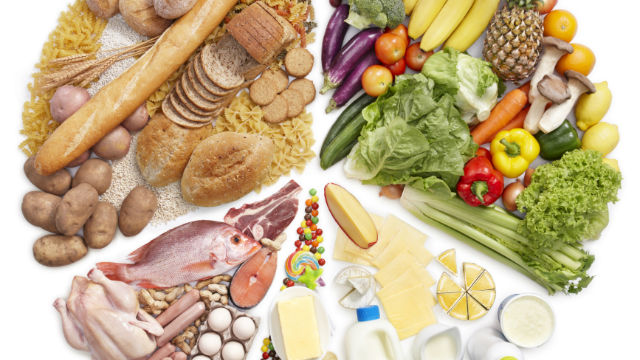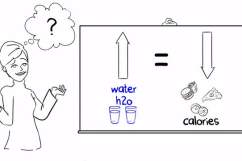The glycemic index, or GI, ranks foods for how fast the sugar in different foods enter your bloodstream. The highest on the scale, at a number of 100, is white bread. Hummus, on the other hand, has a GI of 6.
Foods with carbohydrates that break down quickly and then release glucose (sugar) into your bloodstream have higher GIs, foods that break down more slowly have lower GIs. The glycemic index was originally developed by the University of Toronto as part of diabetes research.
The above video with nutritionist Natalie Butler does a good job explaining the glycemic index and how it affects sugar cravings, hunger, energy, and weight loss.
Most foods and drinks are placed in High (70+), Medium (56-69), or the Low GI (55 or less) category. White food like baked potatoes and white bread are in the high GI category, whole wheat products and sweet potatoes are in the medium GI category, and most fruits, vegetables, fish, and meat are in the low GI category. If you try to eat mostly low and medium GI foods, then you should enjoy less cravings, more energy, and better weight management or weight loss.
Glycemic Load = This is another measure that takes into account the amount of carbohydrates in an actual serving. For example, watermelon has a high glycemic index, but a low glycemic load. In the same way, a tiny piece of candy is going to affect your blood sugar less than eating 3 donuts at one time.
Glycemic Index Food Chart



